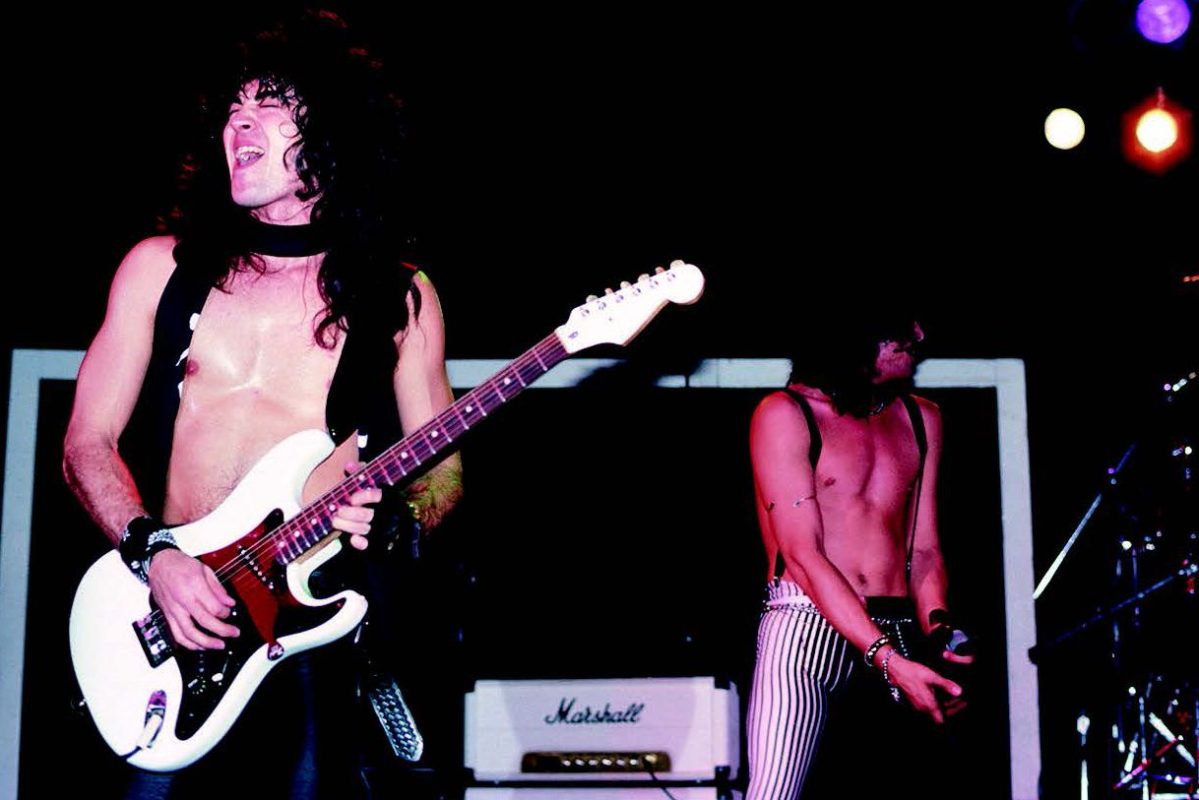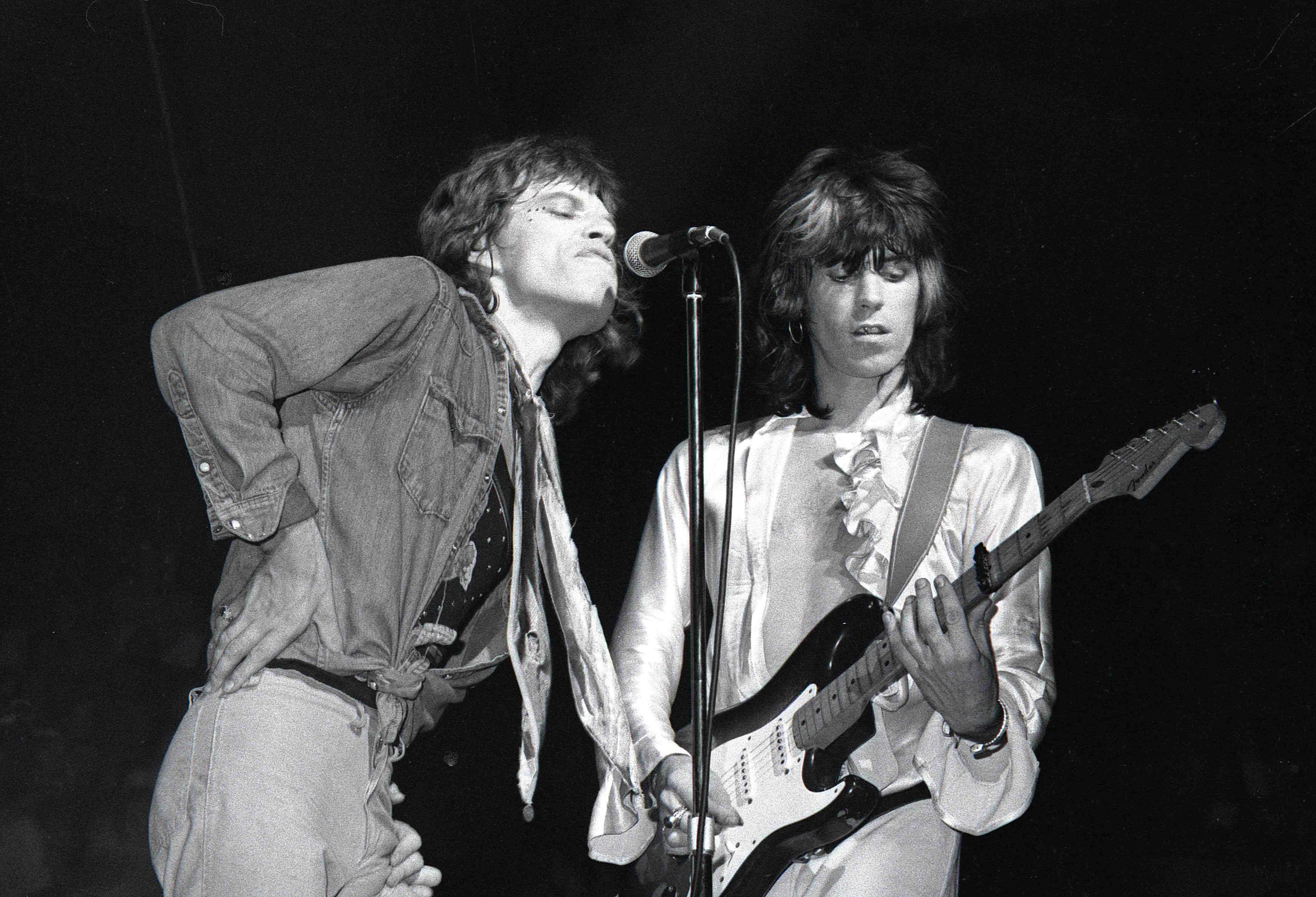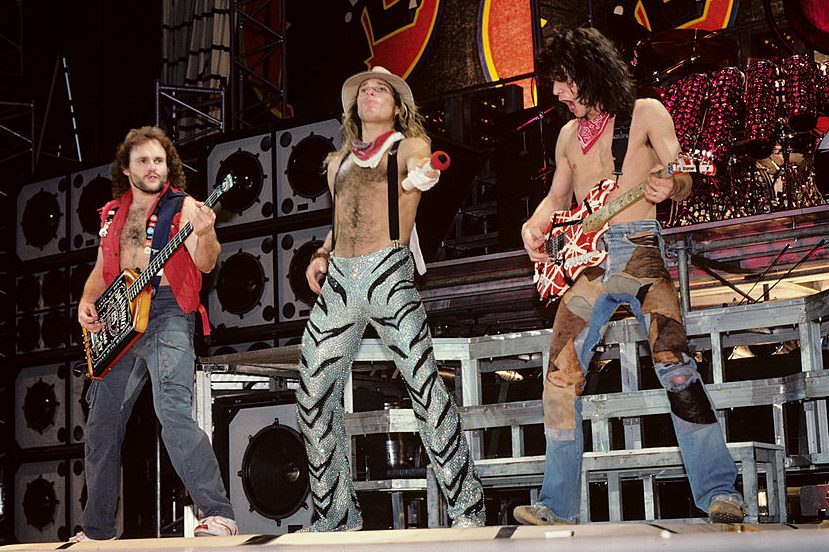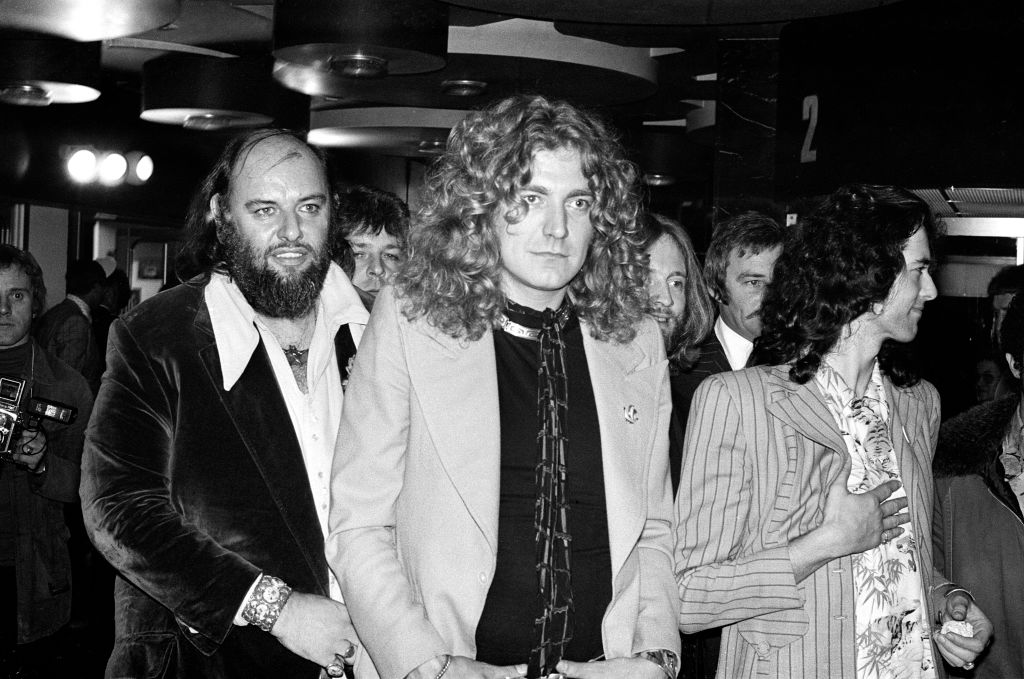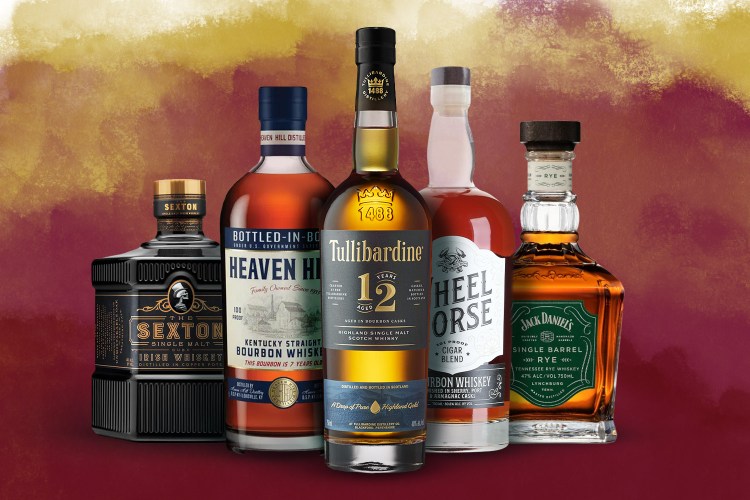Known for big personalities, bigger hair and even bigger piles of cocaine, the 1980s played host to an era of rock and roll headlined by bands like Van Halen (RIP), Poison, Guns N’ Roses, Skid Row, Bon Jovi, Ratt, Twisted Sister and Warrant. Often immortalized in episodes of VH1’s Behind the Music, some of those bands chose to tell their own stories after the fact, most notably Mötley Crüe, who released the no-holds-barred oral history The Dirt: Confessions of the World’s Most Notorious Rock Band in 2001 and saw it get the Netlfix treatment in 2019.
Veteran music journalists Tom Beaujour and Richard Bienstock chose to go with a similar oral-history format for their new book Nöthin’ But a Good Time: The Uncensored History of the ’80s Hard Rock Explosion, which is out today from St. Martin’s Publishing Group.
From band members and security guards to groupies and concert promoters, Beaujour and Bienstock, who previously worked together at Guitar World Magazine and Guitar Aficionado Magazine among other places, conducted more than 200 interviews with anyone and everyone who was involved in the ’80s hard rock and hair metal scenes for their book.
Well, almost everyone.
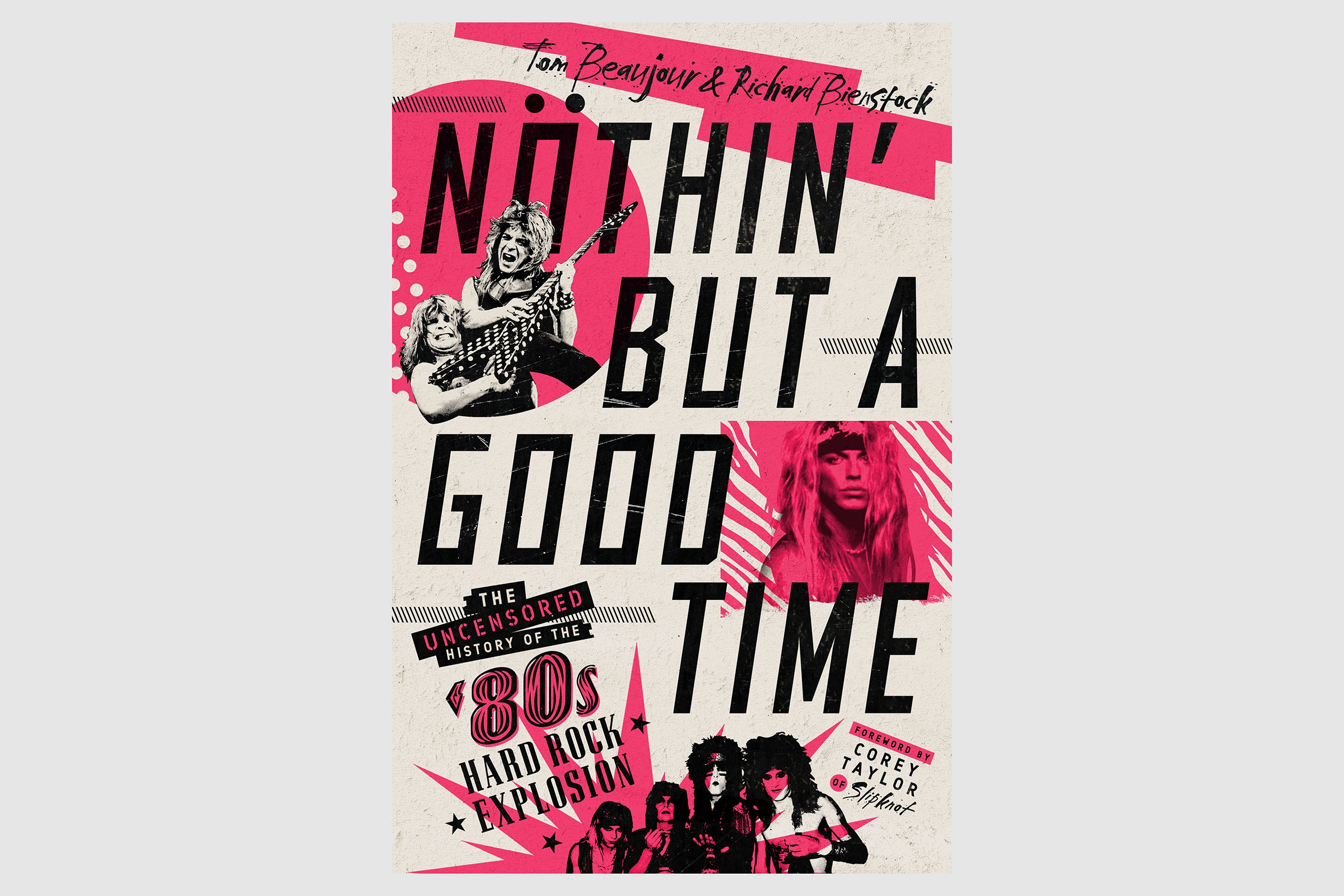
“We knew right off the bat Jon Bon Jovi was probably not going to be interested in doing something like this,” Bienstock tells InsideHook. “Bon Jovi basically never talks about the ’80s and has very successfully been able to separate himself from that world and continue on, in some ways, to even greater success. He doesn’t really go back and revisit that time and associate his music with that time. One thing that is really interesting and why Tom and I would have loved to have him involved is because everybody talked about how great Jon Bon Jovi was. There were little dust-ups here and there but overall he was a guy who worked hard and was genuine, authentic and helpful. You’d figure some of these guys would have it out for him, but the opposite was true. So, it would have been nice to see what he would have to say, but we didn’t expect him to be involved.”
One ’80s star who did talk to Beaujour and Bienstock, quite candidly, was Faster Pussycat lead singer Taime Downe.
“He was very open about what went on back then, but not in a way where he was trying to glorify it,” Bienstock says. “At one point when I was speaking with him, he stopped himself from going down a bad path with a story. But for the most part, he was just honest about what it was like back then without being gratuitous. We made a point to not do a lot of that stuff, because it’s all the same story after a while and it doesn’t really reveal very much. With bands, it was really baked into every part of their lifestyle. In that realm, the best stories came from the guys who weren’t in the bands. For the guys who were in the bands, debauchery was just every night for 10 years for some of them. Whereas, when it’s a guy from the label that goes to visit Mötley Crüe backstage in 1985 in Oklahoma City, he’s seeing something he’s probably never seen before and may not see again. That guy remembers every detail about it and he’ll tell that story in a way that’s pretty eye-opening.”
Not all of their interviewees were as open about their past exploits as Downe was about his, and Beaujour has a couple of theories as to why that is.
“The main thing these guys have learned over the year is not to say they saw somebody else doing something. They’re actually very careful,” he says. “One dude in Cinderella is not going to say that he saw another dude in Cinderella doing tons of cocaine, you know? Frankly, I think a lot of their attitude is, ‘You know what? We were 23 and we were on tour. So, if you ask me if there were drugs, the answer is yes. Were there lots of women around? The answer is yes.’ But I don’t even think that’s the stuff they remember that specifically or are that interested in. So oddly, when you go there, you don’t really get the most satisfying or compelling answers. Also, a lot of them are grandparents now, so they’re willing to talk about that stuff, but have also adjusted their perspectives and evolved like the rest of society has.”
Of all the stories Beaujour and Bienstock heard while conducting interviews for the book, the gold star goes to the tale of Ozzy Osbourne snorting a crawling line of ants off the ground then peeing nearby and licking it up while on tour with Mötley Crüe in 1984, an account that is told with the same reverence as an anecdote about Led Zeppelin, a mud shark and a female fan from the ’70s.
“There are other stories you hear all the time, but that’s the one that refuses to die,” Beaujour says. “In terms of unhinged, total Sodom and Gomorrah stuff, I think the ant story might even exceed or have surpassed the mud shark story at this point because it’s been immortalized so many times. Our lawyers literally told us we couldn’t tell the whole story. Sharon Osbourne was there at the time. We interviewed her for the book. She was like, ‘I thought somebody was going to die on that tour and I really just wanted to make sure it wasn’t my husband.’ It was fun but it was also really on the edge of survivability, I think. With Mötley Crüe — they would bite you if they liked you and they would bite you if they didn’t like you. There’s a point where their road guy basically told us, ‘Look, when they were on tour with Ozzy, they were on stage for 45 minutes and the other 23 hours was just utter chaos.’ They were completely unhinged. But at the same time, they were always on time for interviews and never missed a radio station promo. As completely whacked out as they might’ve gotten, there was also this parallel work ethic that was present.”

That work ethic, which was not unique to Mötley Crüe, is a theme that runs throughout the book.
“People look at it as this very superficial, corporate, major-label-created thing when, in reality, it was as DIY as punk in the ’70s and indie and college rock in the ’80s,” Bienstock says. “In the early ’80s, labels didn’t want to touch this stuff. It was considered dinosaur music and they just wanted new wave and punk These bands were doing whatever they could to get noticed by creating insane stage shows and playing little clubs as if they’re Madison Square Garden. They’re creating their own record labels, doing guerrilla marketing, putting up thousands and thousands of flyers and getting their songs on the radio. Just making it happen any way they can with no prospects, no money and no support. These are 21-year-old kids figuring it out as they go along. Well, they did figure it out and it became this massive thing that really ruled the decade. Hopefully, people will see it came from very true, grassroots origins and that the bands that succeeded and created something should really be admired. This was a real viable, creative, musical movement and that’s the thing that I don’t think it really ever gets credit for.”
This article was featured in the InsideHook newsletter. Sign up now.
